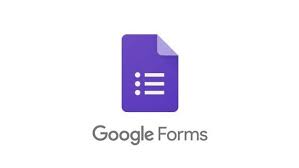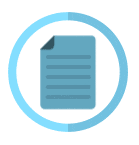The effect of Know, Want, and Learn (KWL) strategy with Prezi on students’ reading narrative text at SMKN 1 Labang
Keywords:
KWL with Prezi, Reading, Narrative textAbstract
The purpose of this research is to know that KWL (Know, Want To Know, and Learn) can improve students’ understanding and can be implemented in reading class. Reading as one of the skills to be performed elsewhere. There are some texts that must be mastered in reading skills, one of them is the narrative text. Narrative text is a series or story that is imaginative, in the context of narrative text students may be difficult, students can only read but do not understand what is written from the text they read. Therefore KWL with prezi is one of the best strategies suitable for the 11th grade students to be more active and easier in learning to read comprehension. The object of the study was to find the KWL technique with prezi effectively in writing narrative texts. The sample of this research is eleventh grade of SMKN 1 Labang that is class RPL.1 as a control class, and class RPL.2 as an experiment class. Each class consists of 20 students. The method used in this research is quantitative method. In addition, the design used was quasi experimental research, and the instrument of this study was a written test. Significant influence was shown by the average post-test students in the experimental class treated with KWL with prezi technique greater than the post-test average in the control group class that was not treated with the KWL with prezi technique.
Downloads
Published
How to Cite
Issue
Section
License
1. Copyright of this journal is possession of Editorial Board and Journal Manager, by the knowledge of author, whilst the moral right of the publication belongs to the author.
2. Legal formal aspect of journal publication accessibility refers to Creative Commons Atribution-ShareAlike (CC BY-SA), implies that this license lets others remix, adapt, and build upon your work even for commercial purposes, as long as they credit you and license their new creations under the identical terms. This license is often compared to “copyleft” free and open source software licenses.
3. Every publications (printed/electronic) are open access for educational purposes, research, and library. Other that the aims mentioned above, editorial board is not responsible for copyright violation















